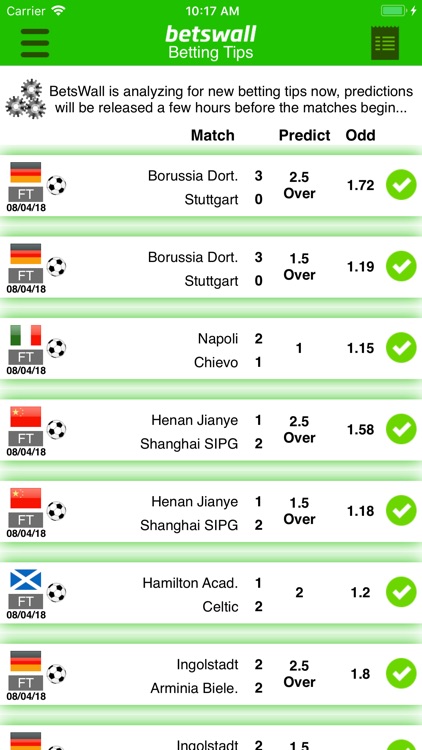Within the lively world of football, the bond between fans and their adored clubs goes beyond mere loyalty; it develops into a fervent culture profoundly intertwined with sentiments, customs, and sociality. As fans populate the stands, don jerseys, and participate in spirited conversations, a unique dimension of this relationship has arisen through the lens of football analysis. This evaluative approach not only enhances the viewing experience but also nurtures a deeper understanding of the game, creating a connection between supporters and the intricate strategies that shape modern football.
Football analysis serves as a potent tool for engaging fans, offering insights that transform how they view matches and their preferred players. By examining statistics, tactical formations, and player performances, fans become more than just spectators; they turn into informed participants in the ongoing narrative of the sport. This enhancement of fan engagement through analysis is transforming football culture, enabling supporters to recognize subtleties they may have missed, ultimately enhancing their relationship to the game they love.
Comprehending Football Analysis
Soccer analysis is a detailed assessment of different aspects of the sport that aims to enhance understanding and appreciation of soccer. Nohu It involves dissecting the play of teams and athletes through statistical data, video analysis, and strategic evaluation. This analytical approach not only serves trainers and athletes in improving strategies and abilities but also enriches the engagement for supporters who interact with the sport on different levels.
One of the essential components of football analysis is the utilization of data to assess performances. Advanced statistics such as anticipated goals, percentages of possession, and player efficiency ratings provide understanding into how teams and individuals perform. This data-driven perspective shifts the emphasis from traditional metrics to a more profound understanding of gameplay, allowing enthusiasts to grasp the nuances of a match that are frequently missed at first glance.
Additionally, soccer analysis includes qualitative assessments such as tactical reviews and athlete evaluation. Scouts analyze setups, movement patterns, and choices processes to assess how effectively a team executes its strategy. By analyzing these elements, fans gain a deeper understanding of the strategies employed on the field and learn to recognize the talents and input of players beyond mere points and clips.
Impact of Statistics on Fan Engagement
Data has revolutionized how fans interact with football, creating a stronger connection to the game. With readily available statistics and detailed analysis, supporters can investigate athlete performances, club strategies, and score outcomes in a way that was not possible before. This level of knowledge allows fans to create knowledgeable perspectives and engage in dialogues that enhance their experience beyond merely observing a game.
Moreover, clubs are utilizing information to personalize their interactions with fans, providing personalized content that resonates with their interests. This includes everything from detailed player stats to historical comparisons, creating a deeper fan experience. Digital platforms are employed to broadcast this information, cultivating a community of aware fans who engage in dialogues about their teams and the overall sport.
In conclusion, the emphasis on analytics has also motivated fan participation in analytics, with many supporters taking a keen enthusiasm for understanding the numbers behind the game. Virtual football leagues and statistical apps empower fans to connect to football on a more analytical level, closing the divide between simple viewing and full involvement. This greater participation not only bolsters their loyalty but also demonstrates the growing significance of analytics in shaping football community.
Future Movements in Football Community
As tech continues to progress, the prospects of soccer culture is set to be greatly impacted by advancements in data analytics. With improved tools at their command, clubs and scouts will dive more thoroughly into performance indicators, game strategies, and even audience interaction. The integration of artificial intelligence will expectedly offer insights that were initially unattainable, enabling clubs to make better decisions about acquiring talent and tactical decisions.
In addition, the growth of social media and social networks will transform how audiences engage with the sport. Enhanced info and live analysis will be readily accessible, allowing fans to connect with the sport on a more intimate level. This change not only fosters a better informed audience but also builds networks that exchange information, further enhancing the soccer community.

Finally, the heightened importance on individualized interactions will shape how viewers enjoy football. Augmented and AR technologies are likely to play a significant role, allowing fans to attend matches from distinct perspectives. This level of engagement combined with data-driven analysis will transform the spectator experience, ensuring that football culture continues to develop in the amid new advancements and fan expectations.
